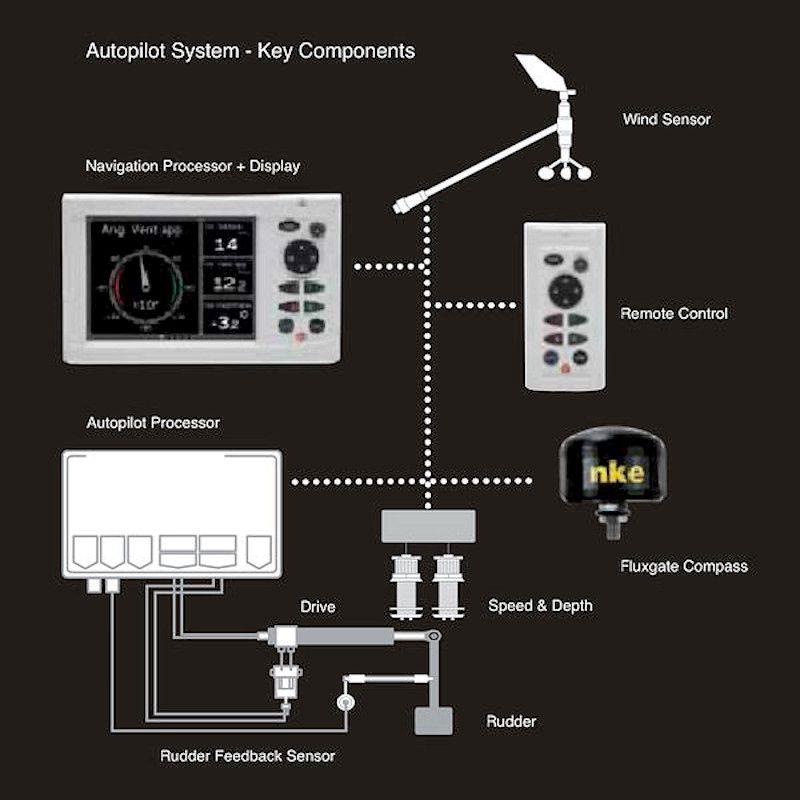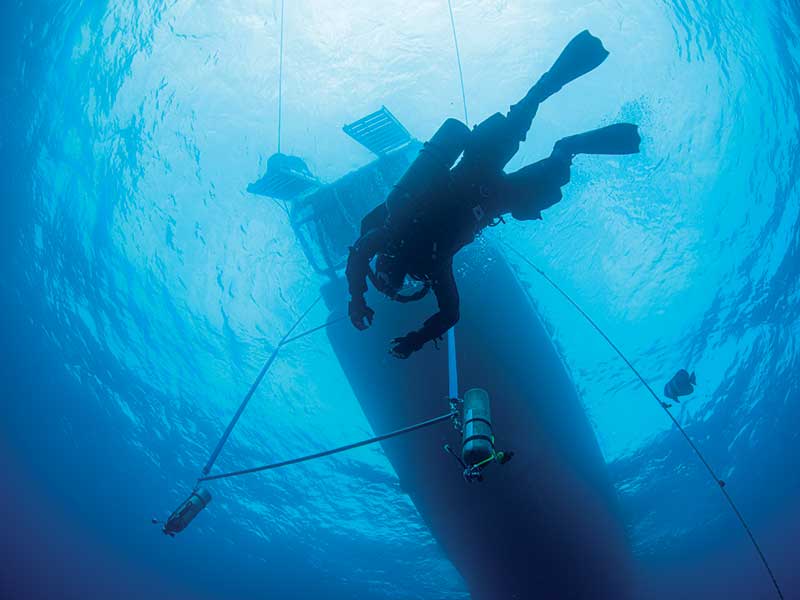Marine Autopilot Systems: The Captain You Can Count On
When you’re out at sea, staying on course is everything. Whether you’re a weekend cruiser or a seasoned sailor navigating open waters, a marine autopilot system can be your best onboard companion. But what exactly is a marine autopilot, and how can it transform your time on the water?
?What is a Marine Autopilot
A marine autopilot is an electronic device that automatically steers a boat without constant manual input from the captain. Think of it as cruise control for your vessel—set your heading, and the system maintains your course using GPS, compass readings, and, in more advanced systems, wind or sea conditions.
Autopilots are used on all types of boats: sailboats, fishing boats, yachts, and commercial vessels. They help reduce fatigue, improve navigation accuracy, and allow the captain to focus on other critical tasks.
?How Does a Marine Autopilot Work
At the heart of an autopilot system are several components:
-
Control Head: The interface where you input your course.
-
Course Computer: The “brain” that processes navigation data and sends commands.
-
Compass or Heading Sensor: Provides directional input.
-
Drive Unit: Physically moves the rudder or outboard motor.
-
GPS or Chartplotter (optional): Enables route-following and integration with navigation charts.
The system constantly compares your actual heading with your desired heading and adjusts the steering to stay on track—even in changing sea conditions.
Benefits of Using a Marine Autopilot
-
Reduces Fatigue: Long passages become easier as you don’t have to be at the helm all day
-
Improves Fuel Efficiency: Maintains a steady heading, avoiding unnecessary course corrections.
-
Supports Solo and Short-Handed Sailing: Focus on sails, fishing, or navigation while the autopilot handles steering.
-
Increases Safety: Reacts quickly to changes, especially with integrated sensors or wind vanes.
-
Precision Navigation: Helps you follow waypoints and complex routes with pinpoint accuracy.
Types of Marine Autopilot Systems
There are different systems depending on your boat’s size and steering mechanism:
-
Tiller Autopilots – For small sailboats with tiller steering.
-
Wheel Autopilots – Mounted behind the helm wheel on smaller vessels.
-
Inboard Systems – Designed for larger boats with hydraulic or mechanical steering.
-
Outboard Autopilots – Ideal for fishing boats or small motorboats.
High-end systems also offer wind-based sailing modes, rudder feedback, and integration with radar, AIS, and sonar.
What to Consider Before Buying
When selecting a marine autopilot system, consider:
-
Boat Size and Displacement
-
Steering System Type
-
Power Supply and Battery Capacity
-
Integration with Existing Electronics
-
Budget and Future Expansion
Brands like Raymarine, Garmin, Simrad, and B&G offer some of the most reliable systems in the market, each with their own pros and integrations.
Autopilot Myths and Misconceptions
-
“Autopilots are only for large yachts.” – False. There are affordable and compact options for small boats and even kayaks.
-
“They replace the captain.” – No. Autopilots are assistants, not replacements. You still need to stay alert and monitor conditions.
-
“They’re hard to install.” – Some systems are plug-and-play, and professional installation is available for complex vessels.


